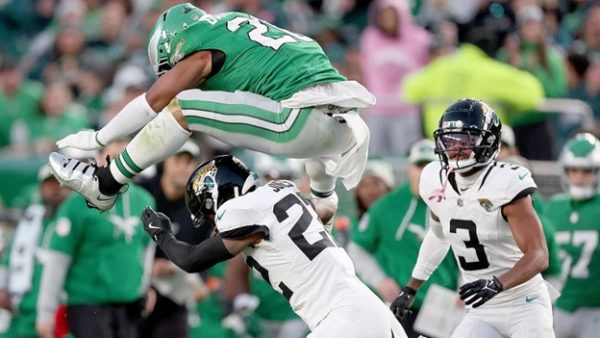A Fencing Club at South?! What’s Fencing?

Photo Courtesy Technorati
Fencing was one of the first sports ever included in the Olympics. It first came about when the ancient Egyptians began to fight each other with wooden swords for practice. Fortunately, contemporary fencing has developed into something much more than just smashing wooden sticks together.
Modern fencing includes three distinct and different weapons/styles: sabre, epee, and foil.
Each of these three weapons can be classified as different events, just as track and field is split into different categories. Each typical direct elimination bout goes up to fifteen points; the first fencer to reach fifteen points wins.
Each fencing weapon incorporates an electric scoring system that helps a referee make a decision. The electric scoring system includes two light bulbs that go off when either opponent is hit.
When one light appears, it means that within the time period after one fencer hits the other, the other was not able to respond. When two lights appear, that means that the two fencers hit each other at almost the same time. At times like these, two of the three weapons rely on right-of-way to determine who won the point.
Right-of-way is determined by forward movement, or an attack. Fencers lose right of way when their attack misses or is parried by their opponent. The right of way automatically switches to their opponent if their initial attack misses. If two lights appear, the point goes to the fencer who possessed right-of-way at that moment.
Sabre is the modern interpretation of the calvary sword. Sabre involves quick actions, cuts, and slashes. Points depend on right of way. Target includes anything waist up except for fingers.
Epee is derived from the Spanish rapier, or dueling sword. Epee’s target area is the entire body. Therefore, it is slow compared to sabre, but involves intense strategy and focus. When two lights appear, both opponents receive a point.
The foil was created after too many people died (back in the 1700s) from fencing with a sabre or epee. The foil’s target area only includes the chest. This creates a medium speed bout.
In New Jersey, many public schools have fencing teams, and some have even formed multiple divisions for fencing competitions.
CB South has the potential to create a fencing team. Liberty Fencing LLC., located in Warrington, has offered to help fund a fencing club at South.
CB West and East both have established fencing clubs with Liberty. Paolo Ramirez, a former South student and current fencer at Temple University, has offered to become the fencing coach.
CB South has many student-fencers such as Eric Jin, Erik Schmid, Aidan Jones, and Jeremy Washam.
Erik Schmid, a foil fencer, said he “wholeheartedly supports a fencing club at South. It is a healthy activity that promotes individual accomplishment as well as group competition.” Erik also believes that fencing teaches “coordination, timing, balance, and strategy.”
Eric Jin, a junior says “A fencing club at South would be fabulous.”
However, CB South currently lacks a teacher sponsor to completely create a club. Perhaps, if a teacher sponsor does appear, Central Bucks could create one of the first school fencing divisions in Pennsylvania.



